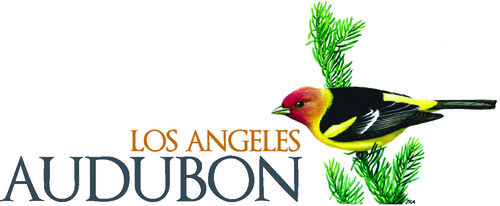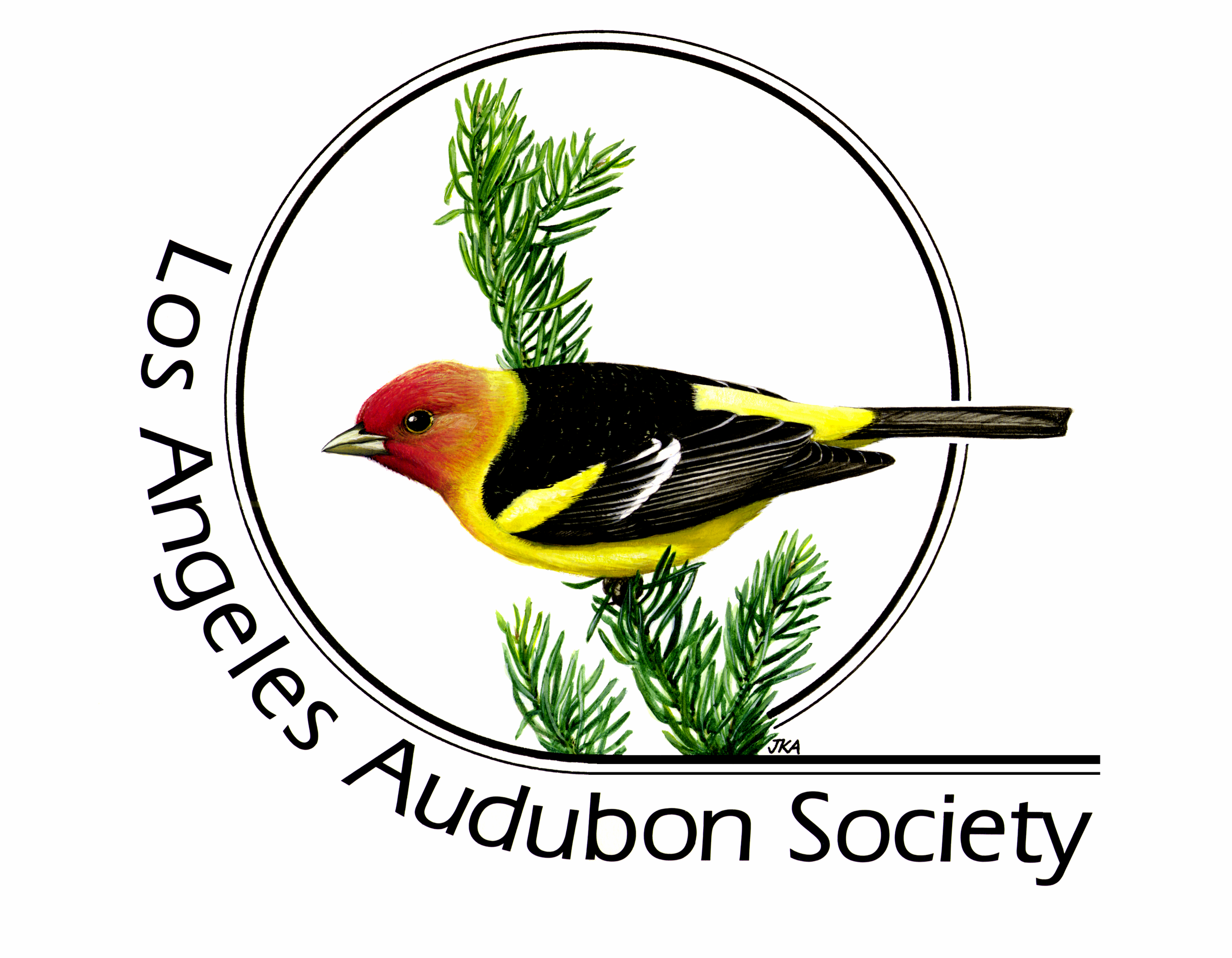I want to express our gratitude for the support given by both our long time chapter members and by the newer generations who have just “discovered” L.A. Audubon, established in 1910.
A Swarm of Bees
A swarm of thousands of bees swooped into our front yard on a recent hot afternoon in October. The sound was incredible, buzzing so loudly that it attracted the attention of my neighbors. The bees quickly formed a cluster about double the size of a large football, piling up one on top of another in our bracelet myrtle tree. Then the buzzing stopped and they were calm.
Western Tanager, Vol. 87 No. 1, Sep-Oct 2020
INSIDE THIS ISSUE
INTERPRETING NATURE — Baldwin Hills Greenhouse Program Research Projects, By Stacey Vigallon & Baldwin Hills Greenhouse Program Interns
OUTDOOR EDUCATION — “More on Perspective, Pandemic Changes”, By Cindy Hardin
YOUNG BIRDERS — “The Brown Pelican”, By Dessi Sieburth
WINGING IT: Discovering the Caribbean Birding Trail
Part 3—The Rare Birds of St. Lucia, By Lisa Freeman
BIRDS OF THE SEASON — August 2020, By Jon Fisher
BOOK REVIEW
A History of the World in 12 Maps AND Underland: A Deep Time Journey,
Written By Brandon Kim, Greenhouse Program Intern
FROM OUR READERS
The Spider and The Fly, By Ms. Sherry L. Roberts
A New Beginning, By Rachelle Arslan
Springtime in South Pasadena, By Mary Anne Lower and Julie Vogel
Winging It: Discovering the Caribbean Birding Trail: Part 3: The Rare Birds of St. Lucia
All of the island’s six endemic species—the St. Lucia Parrot, St. Lucia Peewee, St. Lucia Warbler, St. Lucia Oriole, St. Lucia Black Finch and this thrasher—face the same challenges: encroaching developers and predators demanding more turf on an island only 27 miles long and 14 miles wide. Fortunately, conservation efforts have, for now, saved important tracts of tropical and mountain forests like the Des Cartiers Rain Forest, the Edmund Forest Reserve, the Castries Water Works Reserve, and the Millet Bird Sanctuary.
FROM OUR READERS—The Spider and the Fly
A New Beginning, By Rachelle Arslan
Leaving California is never easy, especially when you’re fifteen years old. The night before my father’s job moved my family to St. Louis, Missouri, we had dinner at the Charthouse in Malibu. It was a pink and orange sunset. Seagulls gathered, uttering mournful cries that to my teenage ears sounded like painful goodbyes. I watched a pelican dive into the Pacific, pursuing its dinner beneath the waves. I turned my attention back to my plate. The thought of leaving my home state and its beautiful wildlife to move to the frigid Midwest had all but killed my appetite. I looked back out the window and saw a small pod of dolphins playfully chasing one another. I wanted to cry.
FROM OUR READERS: Springtime in South Pasadena During Covid Pandemic 2020
It has been an eventful spring. Early I spotted a pair of Red Whiskered Bulbuls, a first for me. They must have been nesting nearby, as I saw and heard them all season. Next our ravens returned daily, in the carrotwood tree, enjoying the large berries, in spite of the 'gang' of Northern Mockingbirds dive bombing them and hissing away. It went on all afternoon for all of a month, and then one day in June they all vanished.
INTERPRETING NATURE: Baldwin Hills Greenhouse Program Research Projects — 2019-2020 school year
On June 9th, 2020 the Baldwin Hills Greenhouse Program wrapped up its 12th school year. Despite incredibly challenging circumstances during the spring, Greenhouse Interns did their best to see their projects through to completion. … Each year, we publish the research abstracts in an effort to share the knowledge gained with a broader audience and to acknowledge the interns’ hard work and commitment. This year’s projects include both qualitative and quantitative approaches to better understanding humans and nature in our city.
OUTDOOR EDUCATION: More on Perspective
The year 2020 has been rife with events unlike any that we have ever seen. Our way of life from a mere six months ago has changed in many new and challenging ways. Lots of new nomenclature is also popping up in the language that we use: compliance, non-compliance, rate per 100,000, unprecedented, synchronous, asynchronous, pandemic—the list goes on and on.
TWO BOOK REVIEWS: A History of the World in 12 Maps & Underland: A Deep Time Journey
Google Earth is the last of the 12 maps that Jerry Brotton covers in his monumental A History of the World in 12 Maps, and his initial description is reverential: “This is the geographer’s ultimate object of study, an image of the whole earth.”
Macfarlane’s conception of the underland is complex - un-bound by the typical images of caves and tunnels. The underland is a place of “deep time”, a place of “epochs and aeons.” It is a place where humanity represents just a blip in the grand history of the earth, and where its memories are kept hidden. It is a place where strange, old things are buried - and from which these things are emerging, with the advent of the Anthropocene. It is precisely because we are being confronted with the underland that Macfarlane has chosen to write about it.







